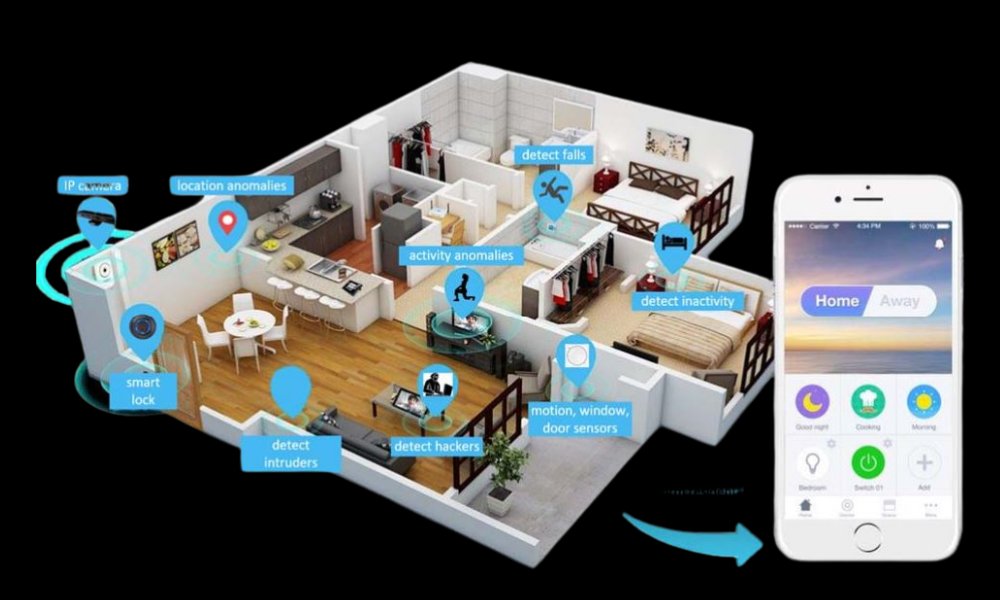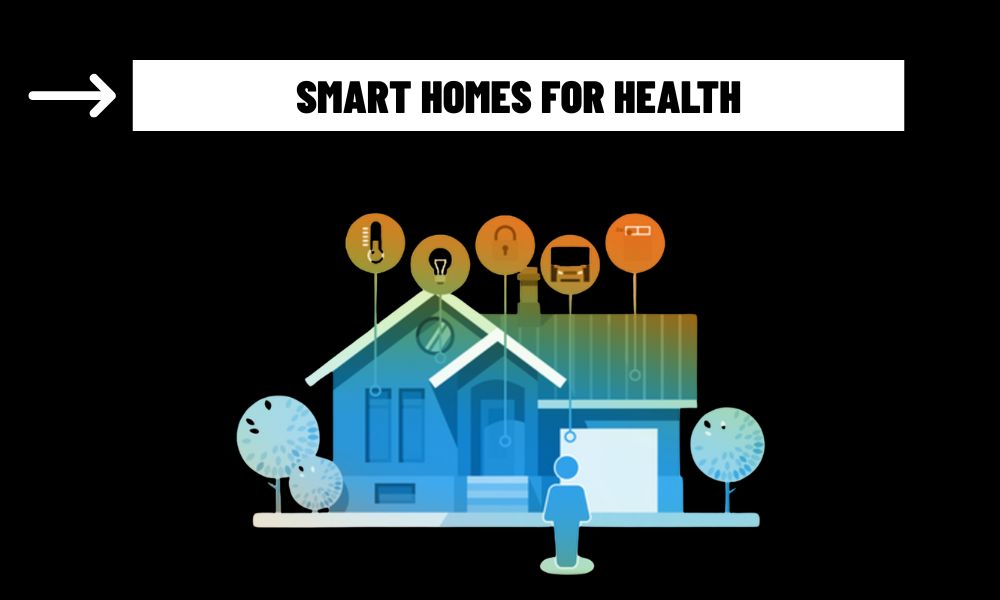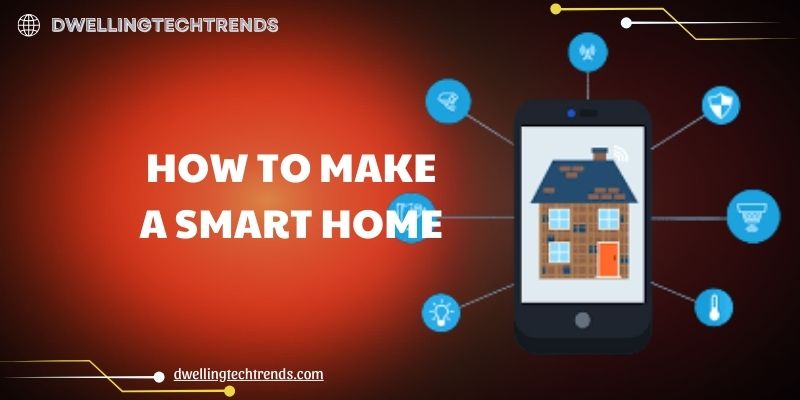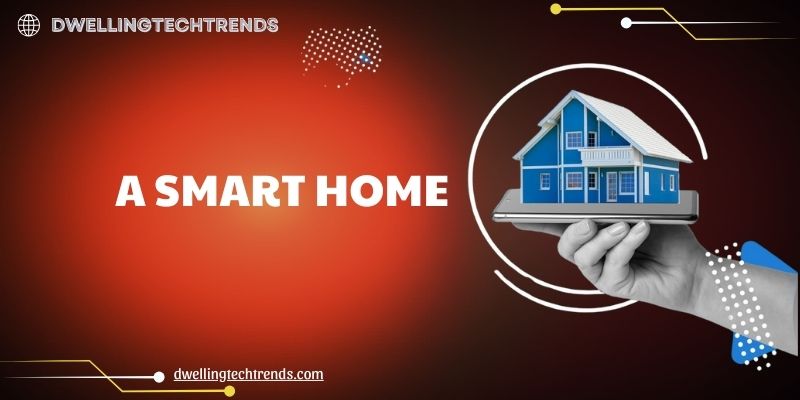Imagine a home that understands your needs before you even ask. A home where your lights brighten when you walk in, the thermostat adjusts as you leave, and your security cameras alert you if there’s any unusual activity—no matter where you are. This is the promise of a smart home platform. But what exactly does that mean?
In this guide, we’ll break down everything you need to know about smart home platforms: what they are, how they work, and why they’re essential for anyone looking to truly elevate their living experience in 2025. Whether you’re a tech enthusiast or a beginner in the world of home automation, this article will help you understand how smart home platforms are shaping the future of modern living.
Contents
What is a Smart Home Platform?
A smart home platform is essentially the central hub that integrates and controls all the connected devices in your home. It’s the brain of a smart home system, linking your lights, security systems, thermostats, appliances, and more into one cohesive, easily manageable environment.
Unlike individual devices that you control one by one (e.g., through separate apps or interfaces), a smart home platform allows you to manage everything from one place, whether it’s through an app, a smart speaker, or even automation routines.
It functions on a cloud-based ecosystem where smart devices can communicate, share information, and make decisions in real time. By centralizing control, smart home platforms ensure that your devices work together intelligently, offering more convenience, efficiency, and security.
How Does a Smart Home Platform Work?
At its core, a smart home platform connects all your devices into one unified system, but how exactly does it do that?
Devices in your home communicate using various wireless protocols such as Wi-Fi, Bluetooth, Z-Wave, or Zigbee. These technologies allow devices from different manufacturers to “speak” to each other, ensuring compatibility regardless of brand.
Through a single interface—usually a mobile app or voice assistant—you can access and control all your devices, no matter where you are. The platform manages the communication between devices, so, for example, your smart thermostat and smart lights can work in sync.
The beauty of a smart home platform is its ability to automate tasks. For instance, when you leave home, your security system can automatically arm, and the lights can turn off. You can set routines for when you wake up, return home, or go to bed, ensuring that your home adapts to your lifestyle without manual intervention.
Many platforms integrate with voice assistants like Amazon Alexa, Google Assistant, or Siri, allowing you to control your devices hands-free. Apps provide more granular control, while voice assistants offer convenience and ease of use.
Whether you’re on vacation or at work, smart home platforms allow you to remotely monitor and control your devices. You can check if you left a light on, adjust the thermostat, or get security alerts directly to your phone.

Key Features of a Smart Home Platform
Unified Device Control: The main advantage of a smart home platform is the ability to control all connected devices from a single app or interface. From lights to security systems, everything is managed from one dashboard.
Voice Integration: Voice assistants like Alexa, Google Assistant, and Siri play a pivotal role in smart home platforms. This allows you to perform hands-free tasks, like adjusting the temperature, locking doors, or playing music with a simple voice command.
Automation & Routines: Smart home platforms enable you to set schedules and triggers for your devices. For example, you can automate your lights to turn on when you enter the room, or have the thermostat adjust itself based on your work hours. This feature makes the home smarter, anticipating your needs and adjusting accordingly.
Energy Management: Many platforms come with energy monitoring tools that let you track usage in real-time. This not only helps you save on energy costs but also enables eco-friendly choices by optimizing energy use.
Security & Alerts: Smart home platforms often integrate with security systems, including cameras, smart locks, motion detectors, and more. They can send alerts if unusual activity is detected, such as someone at your door or movement when you’re away.
Customization & Personalization: Smart home platforms offer customization options, allowing you to personalize the environment. For example, you can set up mood lighting for movie nights or program your coffee machine to start brewing as soon as you wake up.
Benefits of Using a Smart Home Platform
With a smart home platform, you no longer need to juggle multiple apps for different devices. Everything works from one interface, whether you’re adjusting your thermostat, controlling your lights, or managing security features.
The ability to create automated routines and schedules allows your home to adapt to your lifestyle. It saves you time and effort by taking care of tasks that you would otherwise do manually.
A smart home platform improves security by offering integrated features such as remote monitoring, automated lighting (to simulate presence), and real-time alerts in case of any suspicious activity. You can even unlock doors or check camera feeds from anywhere.
By automating tasks like adjusting your thermostat when you leave or turning off lights when no one is in the room, you can significantly reduce energy consumption. Smart home platforms also give you insights into how much energy your devices are using, helping you make more efficient choices.
Whether you have devices from a single brand or a variety of manufacturers, a smart home platform allows them all to work together. This cross-platform integration eliminates the hassle of using separate apps or systems for different devices.
Examples of Popular Smart Home Platforms
Here are some of the leading smart home platforms you should consider in 2025:
Amazon Alexa: The most widely used platform for smart homes, Alexa offers broad device compatibility, hands-free voice control, and integration with other Amazon services like Amazon Prime and Amazon Music.
Google Home: Powered by Google Assistant, this platform seamlessly integrates with Google services, including Google Calendar and Google Maps. It’s perfect for Google-centric users.
Apple HomeKit: For users deeply embedded in the Apple ecosystem, HomeKit offers secure, private integration with Siri. It’s known for its ease of use and seamless interaction across iPhones, iPads, and other Apple devices.
Samsung SmartThings: A versatile platform that works with a wide range of devices. It supports Z-Wave, Zigbee, and Wi-Fi, making it one of the most compatible platforms for a variety of devices.
Wink Hub: A user-friendly platform that supports devices across multiple communication standards. Wink is a great choice for beginners looking for simplicity without sacrificing flexibility.
A smart home platform is the backbone of modern home automation, bringing together your devices, services, and routines into one seamless ecosystem. Whether you’re looking to save energy, improve security, or just make your life more convenient, a smart home platform allows you to do it all. As we move into 2025, these platforms will continue to evolve, becoming even more intuitive, secure, and capable of predicting your needs.
Incorporating a smart home platform is one of the most impactful ways to create a more connected, efficient, and personalized living environment. If you’re looking to make your home smarter, this is the perfect place to start.



